Three jihadists 'give a lecture' in Mocímboa mosque – AIM report | Watch
Mozambique: Beira residents lack water, power, food in aftermath of Cyclone Idai
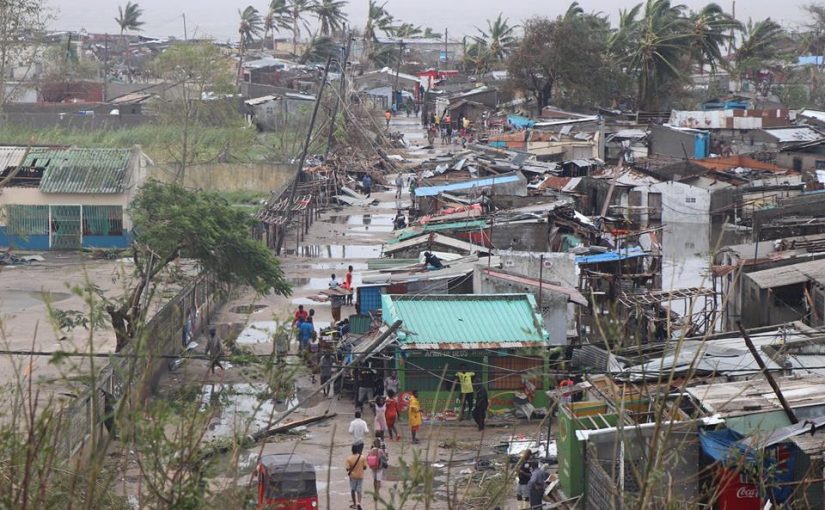
Photo: Conselho Municipal da Beira
A lack of water, power and food are the main problems faced by residents of the port city of Beira in central Mozambique, a week after Cylcone Idai hit the area, causing widespread flooding.
Precisely a week after the catastrophe, which has already claimed more than 200 lives, in Beira locals were still cutting down fallen trees in the streets. In the daytime the prevailing sounds are of chainsaws and zinc being hammered, while at night generators take over.
Electricity is still down in the city and water only appears in the taps where generators are driving pumps, although some restaurants can be found open and there some small traders have set up along roads, in traditional stalls with fried cakes and biscuits and loose fruit on sale.
No supermarkets are functioning, though, nor the fish market, and nor is there fresh fruit and vegetables. On Friday morning, at a warehouse that withstood the storm, there is another attempt at looting of the kind seen repeatedly in Beira in recent days. Here a few hundred people are protesting while a dozen military guard sacks of rice.
“There were thousands of people here, about two hours ago, but now many have left,” the commander tells Lusa, in front of the few hundred still there – many of them young men but also women and children.
Asking not to be identified by name, the soldier explains that there have been similar scenes across the city in recent days, with “opportunists” coming across a stocked warehouse and joining forcing to burgle it.
Then his tone softens as he says he understands, that people have nothing to eat, that the situation in Beira is chaotic. At the end, when asked what is likely to happen next, he says regretfully that “maybe we’ll stay here until tomorrow.”
The situation is indeed chaotic in some parts of the city, especially in the poorer neighbourhoods, where homes both lack drinking water and are flooded. But the last two days of sunshine have made it possible to dry clothes, to undertake some repairs, such as covering roofs with sheets of zinc.
“Our concern is to save people, not to count them”
Other parts of the region are undoubtedly worse, with many people having to climb trees to escape the floods.
The flooded region is 125km long and 25km wide, with the water 11m deep in some places, between Beira and the Buzi and Pungue river basins: “something like the size of Luxembourg,” in the words of the emergency coordinator for the World Food Programme, Pedro Matos.
Asked by Lusa how many people are still in the region, waiting for help, he is laconic: “Our concern is to save people, not count them.”
The WFP is using aircraft and 18 boats to reach people. But there are other foreign search-and-rescue teams, including one from South Africa and another on its way from India, as well as local ones.
The effort is coordinated from two large rooms at Beira airport, where a handwritten poster at the entrance says ‘Idai response’. Inside staff from dozens of non-governmental organisations, United Nations and government agencies bustle, with UNICEF on one side and the Air Operations Centre on the other, and Mozqambique’s own National Disasters Management Institute in the background.
Out on the streets, more and less unharmed people walk, many carrying yellow containers in search of drinking water, others pushing away hanging electric cables, others skirting fallen trees, and others bearing sheets of zinc.
Now and then – very rarely – someone walks down the street carrying a sack of rice.


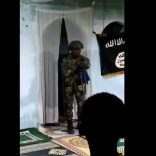
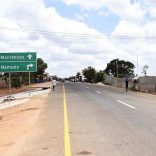

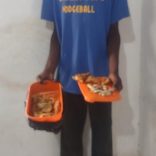

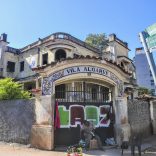
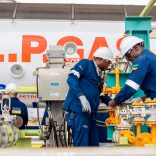

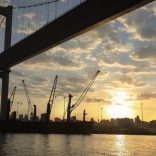

Leave a Reply
Be the First to Comment!
You must be logged in to post a comment.
You must be logged in to post a comment.